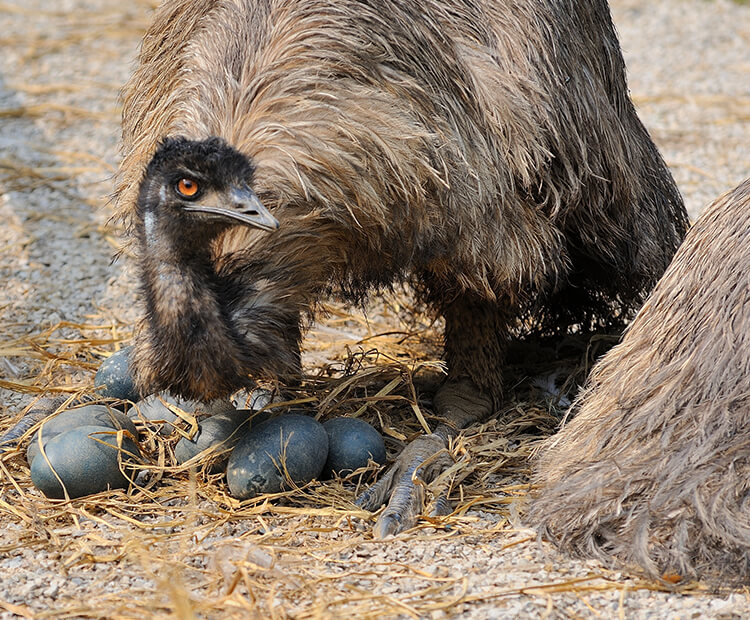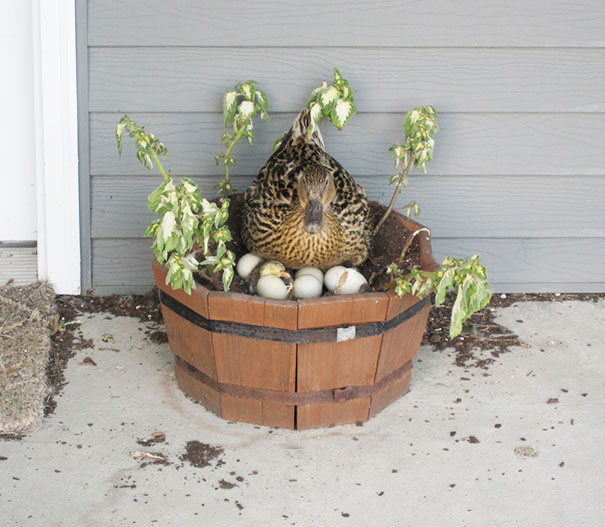By popular demand:
BIRD NESTING STYLES: A CRITICAL REVIEW - PART TWO
White tern
-This is it. This is the nest
-A failure to recognize the fundamental impermanence of being is the source of all suffering
-Taught Marie Kondo everything she knows
BIRD NESTING STYLES: A CRITICAL REVIEW - PART TWO
White tern
-This is it. This is the nest
-A failure to recognize the fundamental impermanence of being is the source of all suffering
-Taught Marie Kondo everything she knows
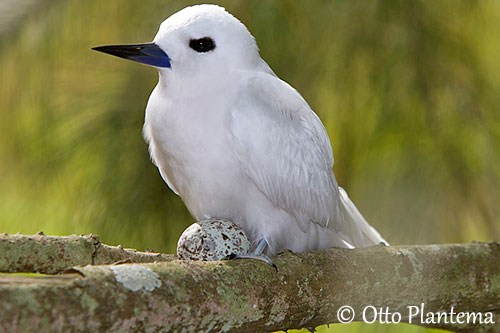
Red ovenbird
-Fond of turquoise
-Will challenge you to a contest measured in Scoville heat units
-Have you seen my prize-winning succulents?
-Knows the One True Cornbread recipe
-Fond of turquoise
-Will challenge you to a contest measured in Scoville heat units
-Have you seen my prize-winning succulents?
-Knows the One True Cornbread recipe
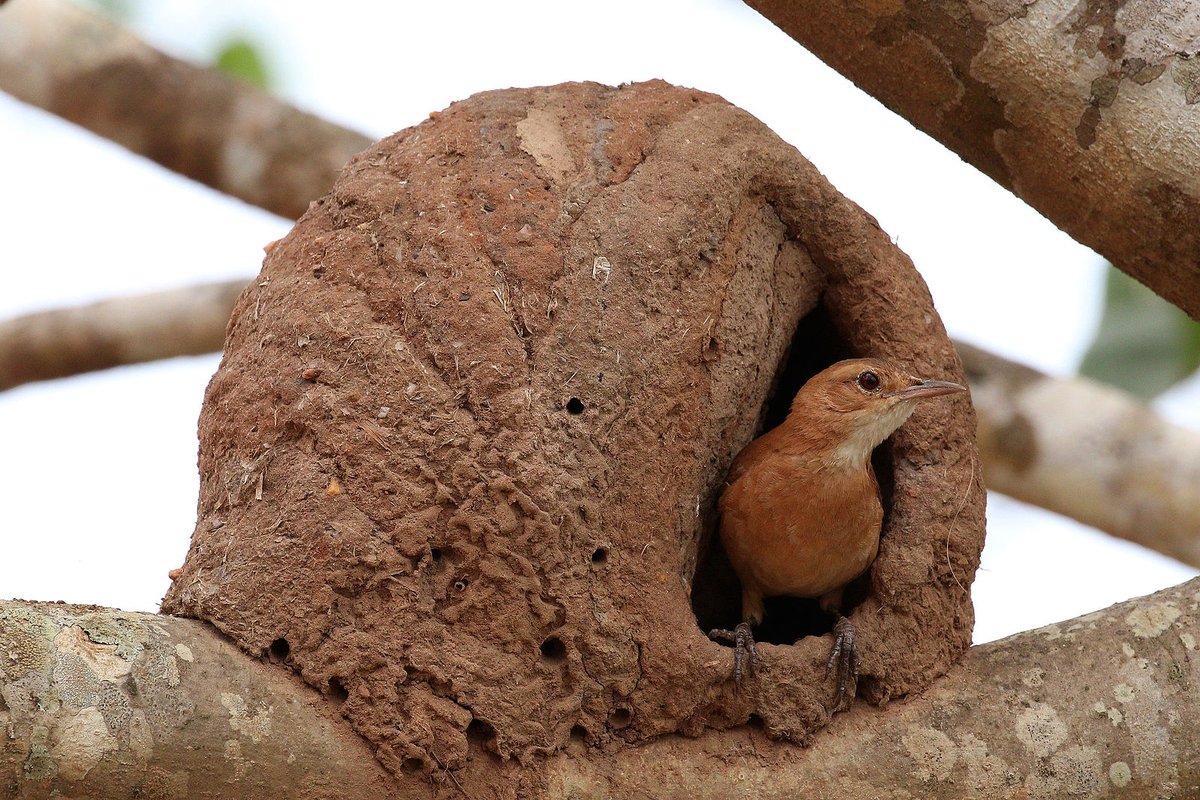
Vogelkop bowerbird
-Apprenticed (read: volunteered) at MOMA one summer
-My favorite artist? You wouldn't know them
-Actually, it's not a "nest"—it's an interactive sculptural platform that uses found objects and corporeal semiotics to interrogate the very essence of intimacy
-Apprenticed (read: volunteered) at MOMA one summer
-My favorite artist? You wouldn't know them
-Actually, it's not a "nest"—it's an interactive sculptural platform that uses found objects and corporeal semiotics to interrogate the very essence of intimacy
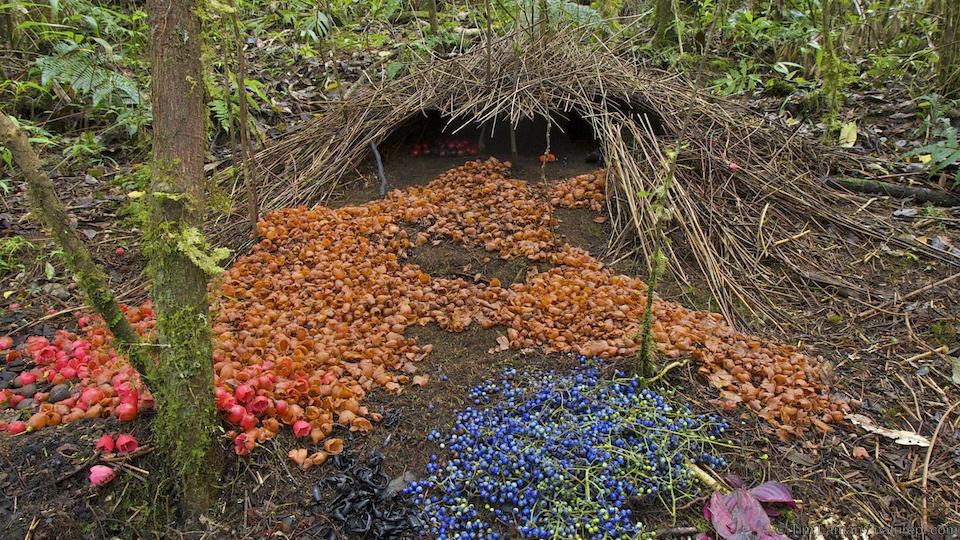
Megapode
-Uses compost pile, sunbaked sand, and geothermal energy to warm eggs
-Possibly the most ecologically intelligent species
-Literally one with the Earth
-Megapode 2020

-Uses compost pile, sunbaked sand, and geothermal energy to warm eggs
-Possibly the most ecologically intelligent species
-Literally one with the Earth
-Megapode 2020
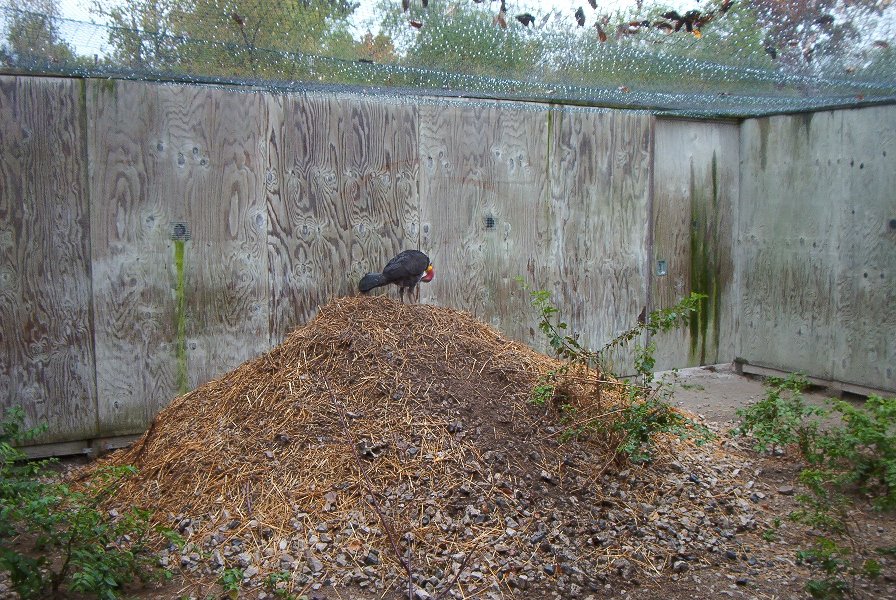

Killdeer
-These are not the eggs you're looking for
-These are rocks
-When I snap my feathers the thought of eating eggs will permanently repulse you
-These are not the eggs you're looking for
-These are rocks
-When I snap my feathers the thought of eating eggs will permanently repulse you
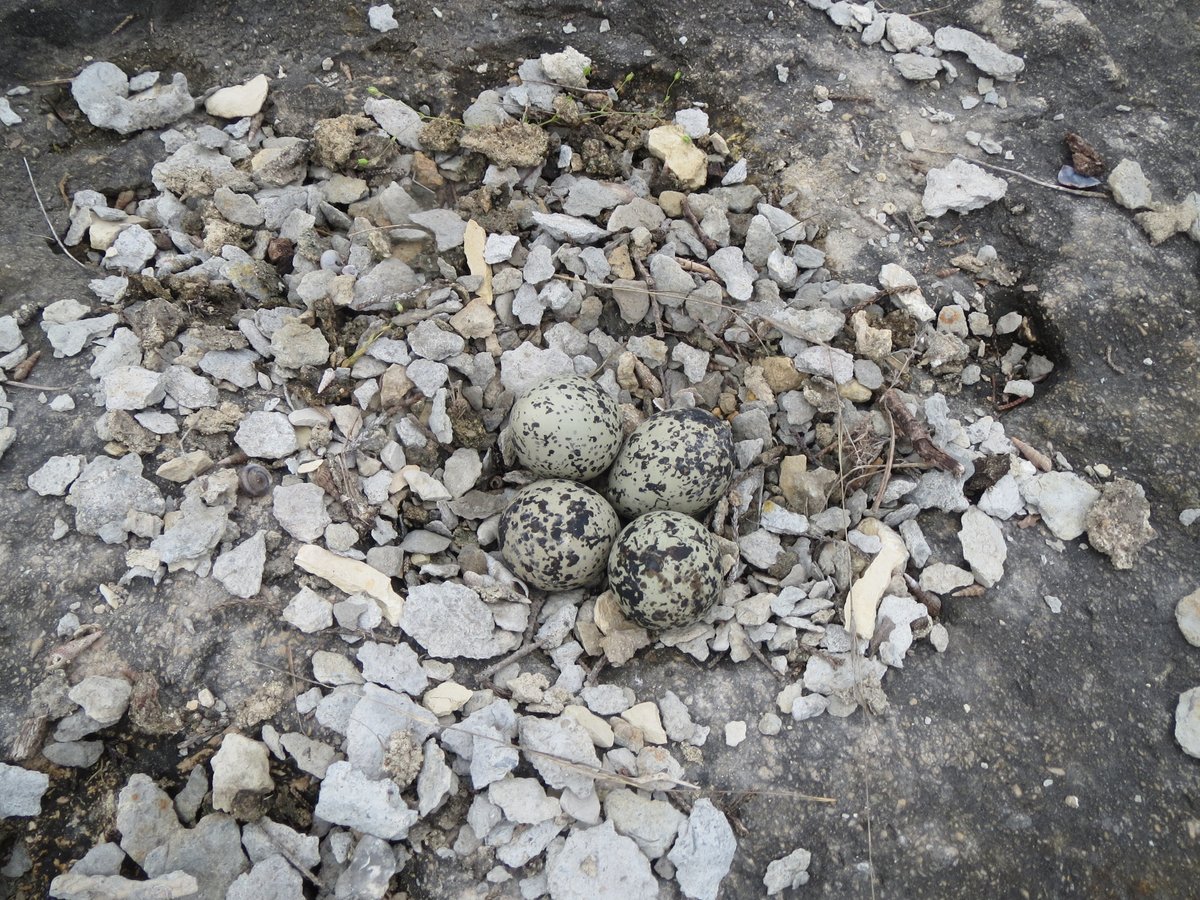
Coot
-Just keep piling
-Of course it will float
-Swore an oath to never set foot on the mainland again
-No man is an island—but birb will be
-Just keep piling
-Of course it will float
-Swore an oath to never set foot on the mainland again
-No man is an island—but birb will be
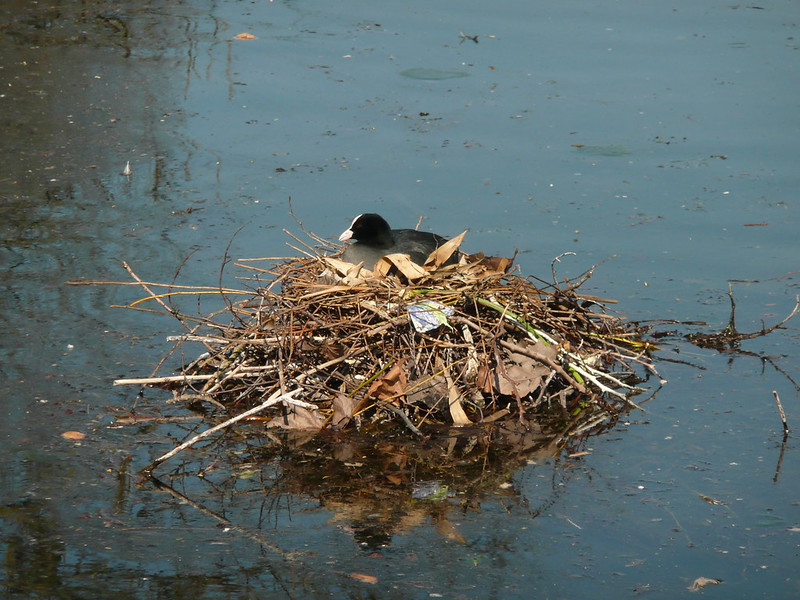
Potoo
-Clear your mind
-Lift your eyes to the heavens
-Visualize yourself as the branch
-You are the branch now

-Clear your mind
-Lift your eyes to the heavens
-Visualize yourself as the branch
-You are the branch now
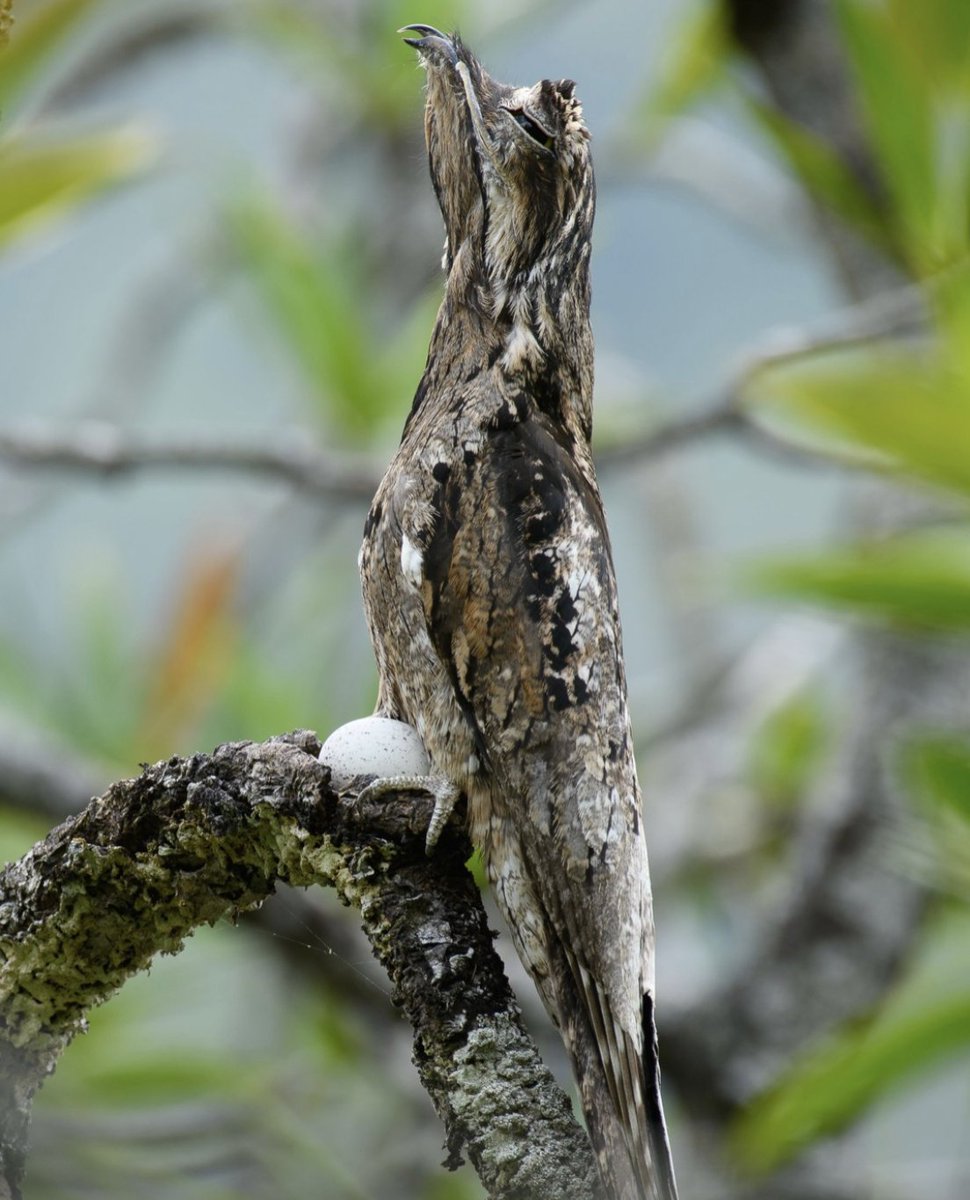
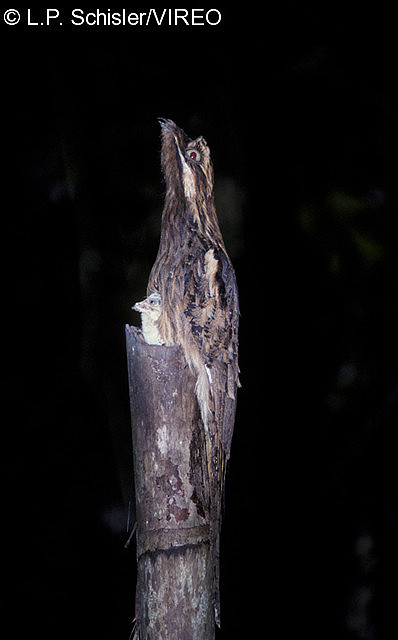
Penduline tit
-Compulsive knitter
-Seeks the fabled Highest Thread Count
-Do you want to feel like you've fallen asleep on a sea of clouds in the arms of a marshmallow angel?
-Compulsive knitter
-Seeks the fabled Highest Thread Count
-Do you want to feel like you've fallen asleep on a sea of clouds in the arms of a marshmallow angel?
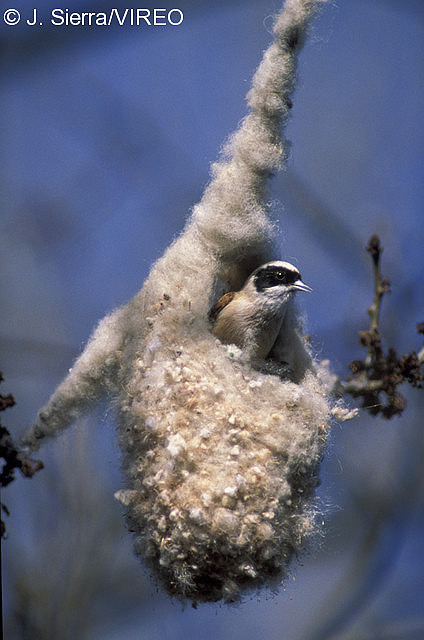
Hat Tips for PART TWO inspiration:
@leafwarbler
@GromesRoland
@calebshort82
@bryngreenwood
@NMadreani
@MacWhirterJ
@LuisAlbuquerqu_
@myklreinhart
@leafwarbler
@GromesRoland
@calebshort82
@bryngreenwood
@NMadreani
@MacWhirterJ
@LuisAlbuquerqu_
@myklreinhart
CREDITS
White tern: Otto Plantema oiseaux-birds.com/card-white-ter…
Ovenbird: Sharp Photography commons.wikimedia.org/wiki/File:Rufo…
Bowerbird: Tim Laman, bbc.com/earth/story/20…
Megapode: en.wikipedia.org/wiki/Megapode#…
D Cowell
paddlingpalau.net/blog/previous/2
Ron Leidich
White tern: Otto Plantema oiseaux-birds.com/card-white-ter…
Ovenbird: Sharp Photography commons.wikimedia.org/wiki/File:Rufo…
Bowerbird: Tim Laman, bbc.com/earth/story/20…
Megapode: en.wikipedia.org/wiki/Megapode#…
D Cowell
paddlingpalau.net/blog/previous/2
Ron Leidich
Killdeer: Texas Master Naturalist, txmn.org/lindheimer/tmn…
Coot: bit.ly/2SLallA
Synx508, Flickr
Emu: kids.sandiegozoo.org/animals/emu
Potoo: biographic.com/assume-the-pos…
Chien C Lee
vireo.ansp.org/bird_academy/b…
LP Schisler
Penduline tit: https://t.co/sTId1vNEs7
Coot: bit.ly/2SLallA
Synx508, Flickr
Emu: kids.sandiegozoo.org/animals/emu
Potoo: biographic.com/assume-the-pos…
Chien C Lee
vireo.ansp.org/bird_academy/b…
LP Schisler
Penduline tit: https://t.co/sTId1vNEs7
• • •
Missing some Tweet in this thread? You can try to
force a refresh

